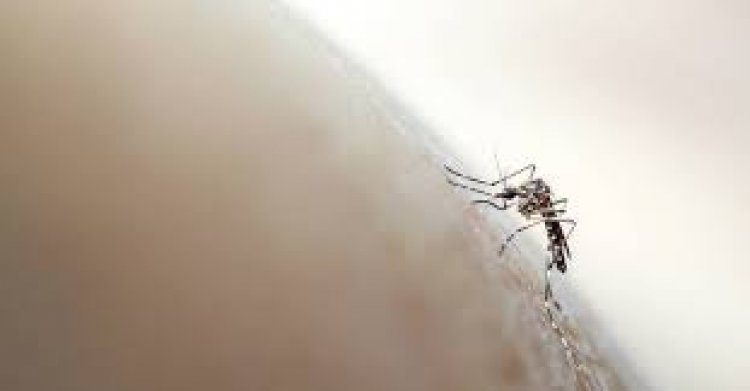Study provides insight into regulation of apicoplast gene expression in malaria parasite

Tokyo, Japan: A recent study discovered that gene expression within the apicoplast, an organelle in the malaria parasite Plasmodium falciparum, is regulated by melatonin (the circadian signalling hormone) in host blood and intrinsic parasite cues via a factor called ApSigma. The regulatory system highlighted in the study might be a future target for malaria treatment.
Malaria is one of the most serious public health threats, affecting around 240 million people worldwide each year. However, this potentially fatal condition is not communicable. It is spread by the bite of a female Anopheles mosquito carrying the malaria parasite Plasmodium falciparum. This parasite enters the human body by a mosquito bite and produces symptoms such as fever, cold, lethargy, and headache on a regular basis. The periodicity of symptoms can be attributed to the parasite's life cycle being synchronised with the infected person's or host's circadian rhythm (i.e., the 24-hour internal biological clock).
P. falciparum has an apicoplast, a distinct cellular organelle with its own genome that is essential for the parasite's life cycle. Despite its relevance, little is known about the mechanisms that regulate gene expression in apicoplasts and their possible involvement in altering the observed periodicity of malaria symptoms or the P. falciparum life cycle.
This is why, lately, a group of scientists led by Professor Kan Tanaka of Tokyo Institute of Technology (Tokyo Tech) embarked on a collaborative research initiative to investigate the fundamental processes that regulate apicoplast gene expression. The research, which was published in the Proceedings of the National Academy of Sciences of the United States of America (PNAS), was the product of collaboration with co-author Professor Kiyoshi Kita of Nagasaki University.
"Previous studies have shown that certain plant s subunits participate in the circadian regulation of gene expression in plastids (i.e., organelles like the apicoplast). Therefore, the present study hypothesized that a nuclear-encoded s subunit might coordinate apicoplast gene expression with the life cycle of P. falciparum or the circadian rhythm of its host," explains Prof. Tanaka.
The team cultured P. falciparum in a lab and studied it using phylogenetic analysis and immunofluorescence microscopy techniques. As a result, they identified ApSigma, a nuclear encoded apicoplast RNA polymerase s subunit. It, along with the a subunit, likely mediates apicoplast transcript accumulation, whose periodicity is akin to that of the parasite's developmental control. In addition, apicoplast transcription and expression of the apicoplast subunit gene, apSig, increased in the presence of melatonin, the circadian signaling hormone present in host blood.
Based on the data collected from different tests, the scientists suggest that there is an evolutionarily preserved regulatory system in which the host's circadian rhythm is integrated with the parasite's intrinsic cues. Together, they coordinate genome transcription in the apicoplast of P. falciparum. This work lays solid groundwork for further studies in the field aiming to comprehensively explain the regulatory mechanisms of Plasmodium's cell cycle.
In conclusion, Prof. Tanaka highlights the future implications of the present research. "Malaria kills hundreds of thousands of people across the world, every year. This study identifies a regulatory system that might be a future target for malaria treatment."
Professor Dodd, adds to that, "It is amazing that a process we identified in plants has led to the discovery of an equivalent mechanism in a globally important pathogen. The new protein and mechanism identified could present a new target for the development of drugs for the treatment and or prevention of malaria, in both humans and farm animals."
Professor Kita signs off on a positive note. "This research demonstrates the value of international and interdisciplinary collaboration, and the power of plant sciences and microbiology to drive unusual and novel discoveries that could be of considerable global benefit," he said.















































